 Kimberli Fitzgerald, City of Salem Historic Preservation Officer, July 2018
Kimberli Fitzgerald, City of Salem Historic Preservation Officer, July 2018 Historic preservation has a passionate champion in the form of Kimberli Fitzgerald. In addition to master degrees in urban planning and historic preservation, Kimberli recently earned a masters in archeology, with an emphasis on cultural resource management and interpretation. We are so lucky to be able to have all this expertise right here in Salem, as she works with the City's Community Development Department! Having worked with Kimberli for a number of years, I can attest to her ability to facilitate projects--both large and small and, now, even below ground--to achieve the best outcomes for both the property owner and the community.
 Photo by Camron Settlemeier
Photo by Camron Settlemeier 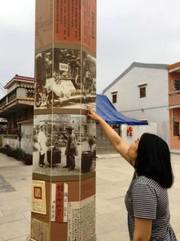 Wuyi University staff guide Dina viewing the marker erected by the Chinese government commemorating the men who left Quangdong Province during the mid-1800s. [Photo: K.Fitzgerald]
Wuyi University staff guide Dina viewing the marker erected by the Chinese government commemorating the men who left Quangdong Province during the mid-1800s. [Photo: K.Fitzgerald]  Grandson of Leong Toong Yook (left) and family learn of Mr. Leong's story in Salem, Oregon [Photo: K.Fitzgerald]
Grandson of Leong Toong Yook (left) and family learn of Mr. Leong's story in Salem, Oregon [Photo: K.Fitzgerald] 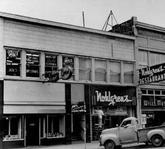

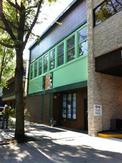
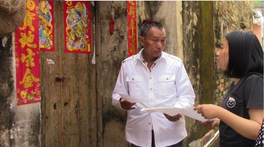
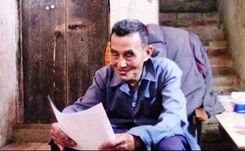
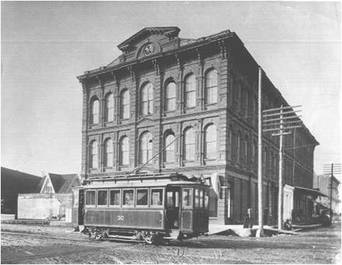
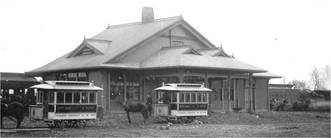
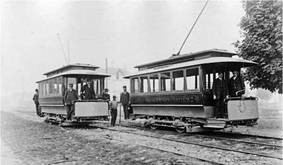





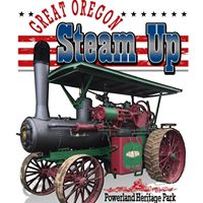


 RSS Feed
RSS Feed